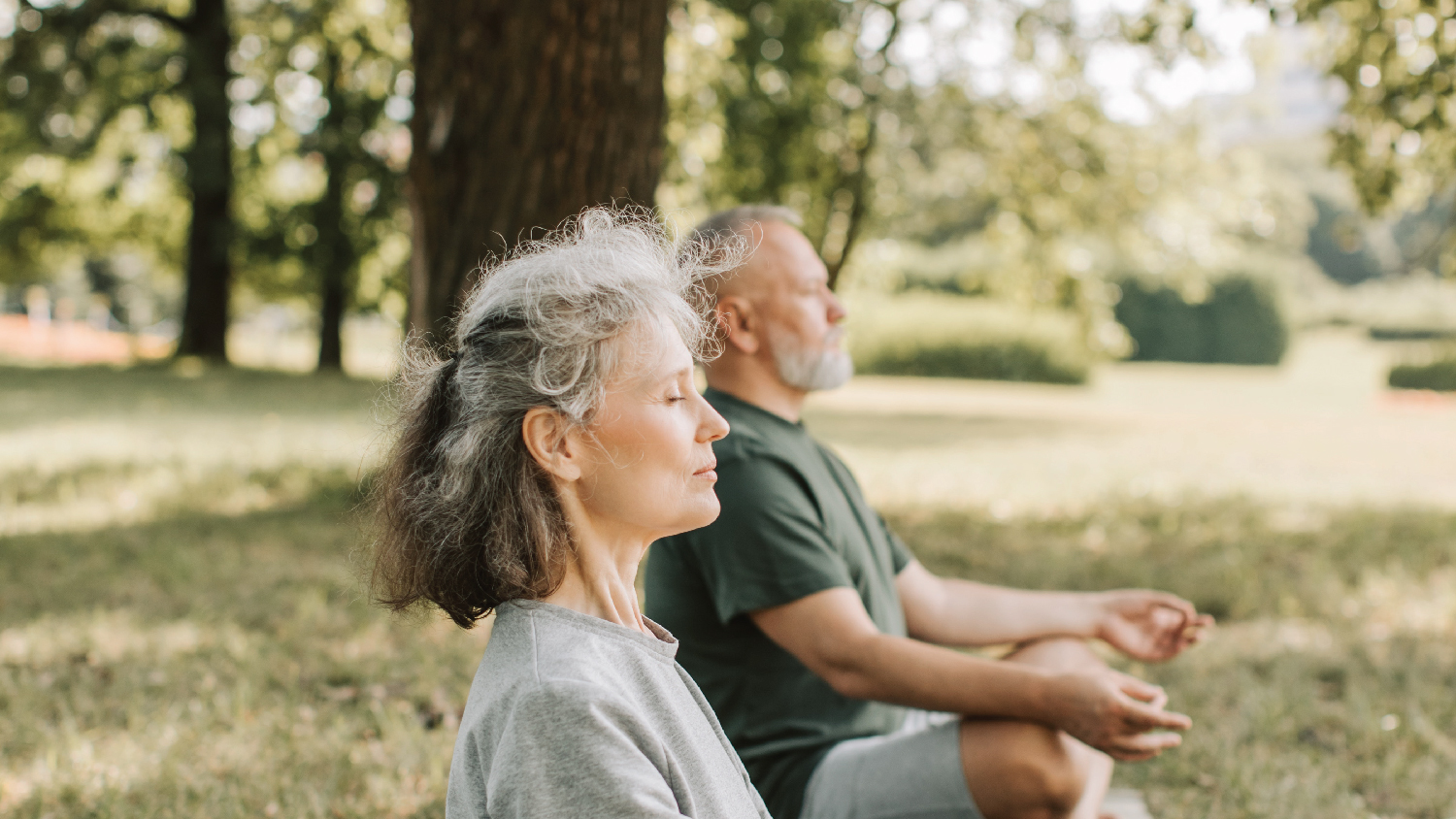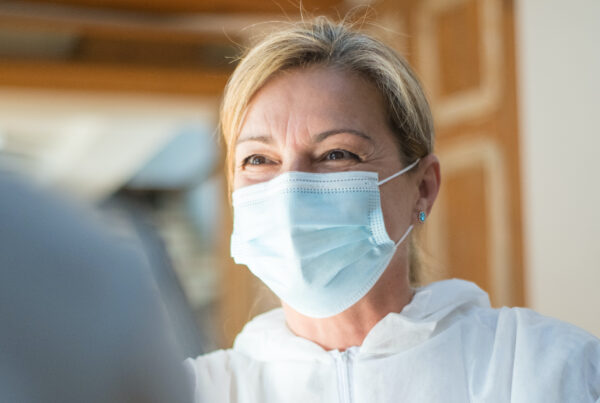September is already upon us- a time of transition from summer to fall as we begin to leave behind the humid days of summer to be replaced by the crisp, cooler air of autumn. It is also the month designated as National Falls Prevention Month.
According to the Centers for Disease Control and Prevention (CDC), each year one in every three adults 65 and older experience a fall. Three million are treated in emergency rooms for fall-related injuries. One out of five falls can cause serious injury and are the most common cause of traumatic brain injuries (TBIs). Additionally, more than 95% of hip fractures are attributed to falling.
The good news- falls can be prevented. Keys to minimizing the risk of falling include being mindful of your medications, keeping your vision sharp, getting exercise, and eliminating household hazards. Most falls are the result of a combination of risk factors.
Medications- Some medications or the interactions of multiple medications can cause dizziness or drowsiness. In turn, this can lead to falls. Having all your medications reviewed by your physician or pharmacist is beneficial to assess the risk of side effects and drug interaction. Some over-the-counter medications can also affect balance and should also be considered when reviewing the impact on falls. Be sure to take necessary vitamins, including Vitamin D, which is essential to maintaining good bone health as a deficiency can lead to an increase in fall risk.
Vision- Poor vision can make it more difficult to get around safely. Older adults should get their eyes checked annually and be sure they are wearing the correct eyeglass or contact prescription.
Exercise- staying active is extremely beneficial to maintain strength and balance. If legs are weak, there is a greater risk of falling. If a person has experienced a fall, it is important to continue to be active when safe to do so. Fear of falling can also lead to a lack of movement which will only increase the risk of another episode.
Household Hazards- What does clutter, throw rugs, and poor lighting have in common? These can all lead to increased fall risk. About half of all falls happen within the home. Be sure to have ample space to navigate around the house without any tripping hazards, as well as handrails and lights on all staircases.
Other tips for safeguarding your home include keeping stairways free of objects, storing items you use often within reach to avoid needing a step stool, using non-slip mats in the shower or tub, improving lighting in the home, and wearing footwear that fits properly, as well as avoid wearing only socks when moving throughout the house.
Although not all falls cause injury, they can be serious and costly. Discussed above are ways to reduce risk. Additionally, a healthcare provider can also perform a fall risk assessment and review specific things that would be beneficial to minimize risk.
Column is written by Laura Falt, director of business development in Connecticut. Laura welcomes the opportunity to be a resource to the community on services for older adults and is often featured in local publications.





